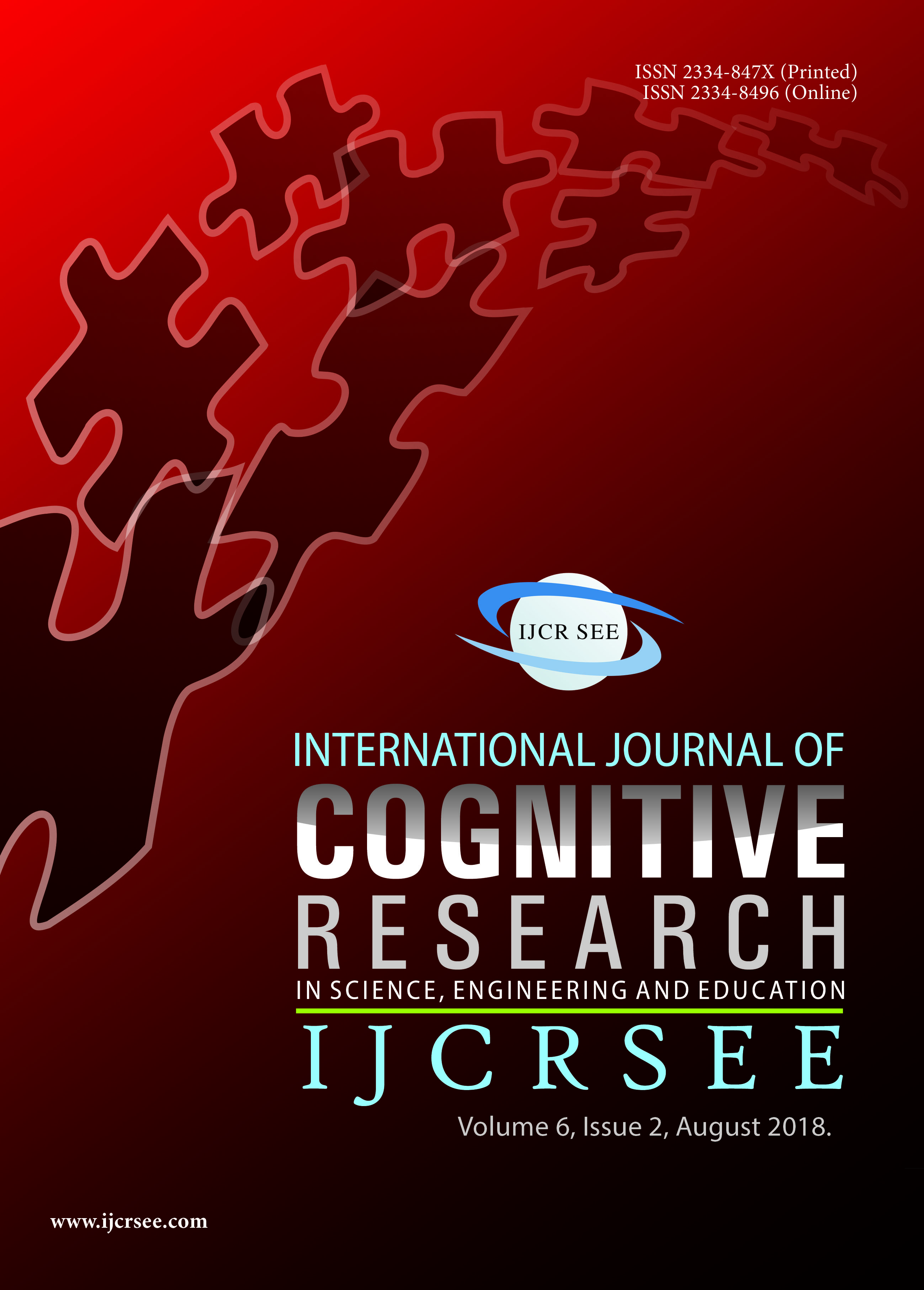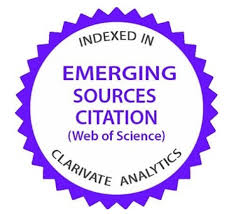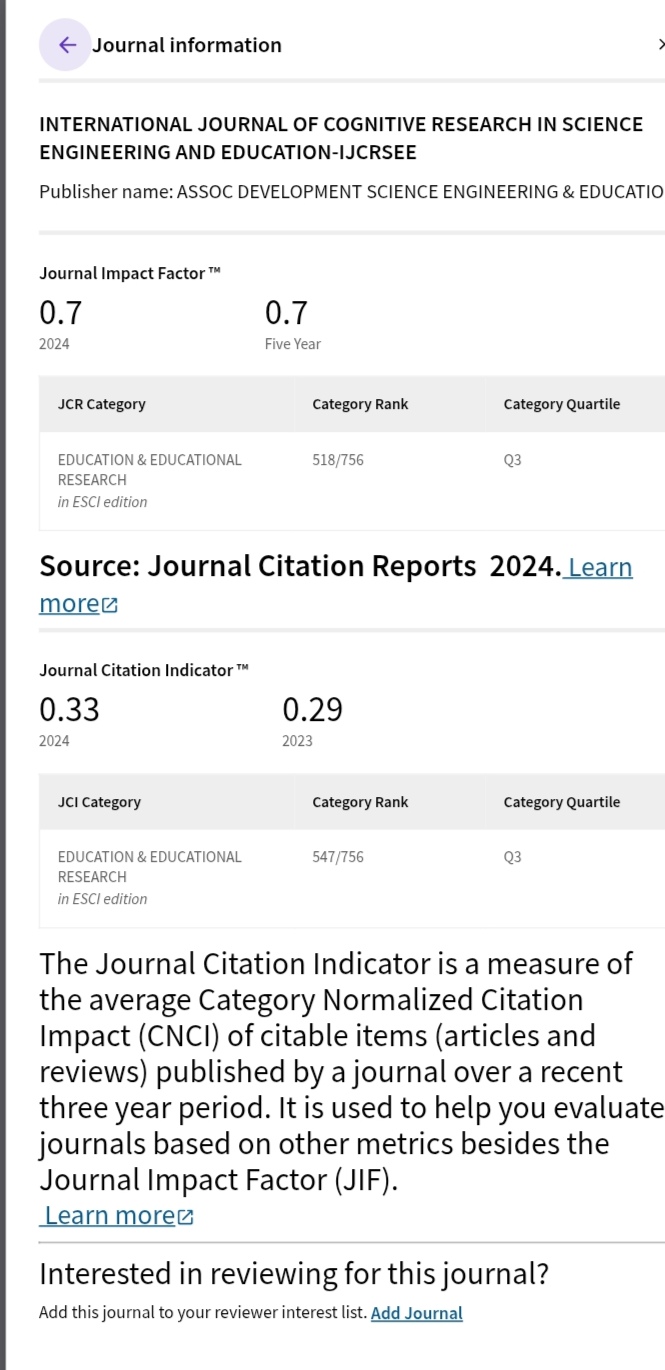BLENDING PEDAGOGY AND DIGITAL TECHNOLOGY TO TRANSFORM EDUCATIONAL ENVIRONMENT
DOI:
https://doi.org/10.5937/ijcrsee1802057MKeywords:
digital education, educational environment, competence-oriented approach, digital education technology, tutor’s technologyAbstract
This article shows efficacy of competences-oriented education model, representing effectiveness of pedagogy technology and digital tools blending in transforming education while using tutor’s support. In correspondence to contemporary requirements and education system special features, connection between digital education tools and tutor technology contributing to students’ key competences development is determined. The paper contributes to the field by summarizing some theoretical issues and offering implementation suggestions for effectively integrating digital technologies into teaching and learning. The use of digital technologies in educational activities opens up new opportunities, adequate methods for dissemination and management of digital information, development of necessary competencies on the basis of digital literacy, ensuring equitable access for all who wish to obtain necessary knowledge and decision-making skills, ensuring demand for school graduates in the world labor market in situation of digital economy. Innovative technologies become a problem adding difficulties to students’ burden. Tutor becomes an intermediary between students and digital technologies to promote students’ active learning practices; there are not so many students who can appreciate digital learning practices and get the most of it. The role of tutoring in digital literacy promotion is hard to overestimate. Tutor support is a pedagogical activity in individualization of education aimed at identifying and developing students’ educational motives and interests. To form students’ key competencies in education system, it is necessary to supplement traditional education with tools of digital educational technologies, new trends in pedagogies such as tutoring, which is becoming an integral part of modern learning process.
Downloads
References
Akbar, M. (2016). Digital technology shaping teaching practices in higher education. Frontiers in ICT, 3, 1. https://doi.org/10.3389/fict.2016.00001
Graham, C. (2006). Blended learning systems: Definition, current trends, and future directions in C. Bonk & C. Graham (eds), Handbook of blended learning: Global perspectives, local designs, Pfeiffer Publishing, San Francisco, p.3-21.
Macdonald, J. (2006). Blended Learning and Online Tutoring: A Good Practice Guide, 2nd edn. Gower. Hampshire. https://doi.org/10.1108/00197850610704598
Makarova E. A., Makarova E. L. (2017). Особенности профессионально-ориентированного обучения в компетентностном образовательном пространстве: монография, [Features professionally-oriented training in competency-based educational space: monograph]. М, ИНФРА-М, 130 p. УДК 378(075.4), ISBN 978-5-16-012617-3
Oliver, M., & Trigwell, K. (2005). Can ‘blended learning’be redeemed?. E-learning and Digital Media, 2(1), 17-26. http://journals.sagepub.com/doi/pdf/10.2304/elea.2005.2.1.17
Pedro, L. F. M. G., de Oliveira Barbosa, C. M. M., & das Neves Santos, C. M. (2018). A critical review of mobile learning integration in formal educational contexts. International Journal of Educational Technology in Higher Education, 15(1), 10. https://doi.org/10.1186/s41239-018-0091-4
Stacey, E., Gerbic, P. (2009). Introduction to blended learning practices. In E. Stacey & P. Gerbic (eds), Effective blended learning practices: Evidence based perspectives in ICT-facilitated education, Information Science Reference, Hershey, pp.1-19 https://goo.gl/VjUMKW
Макарова, Е., & Макарова, Е. (2015). Формирование системы профессиональных компетенций специалистов в вузе. [Development of experts’ professional competences system in high school] Российский психологический журнал, 5(4), 48-55. Получено из http://rpj.ru.com/index.php/rpj/article/view/276
Published
How to Cite
Issue
Section
License
Copyright (c) 2018

This work is licensed under a Creative Commons Attribution-NonCommercial-NoDerivatives 4.0 International License.











